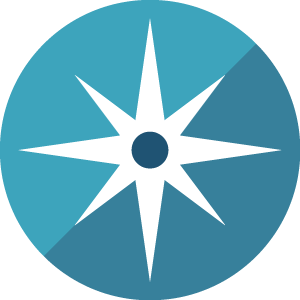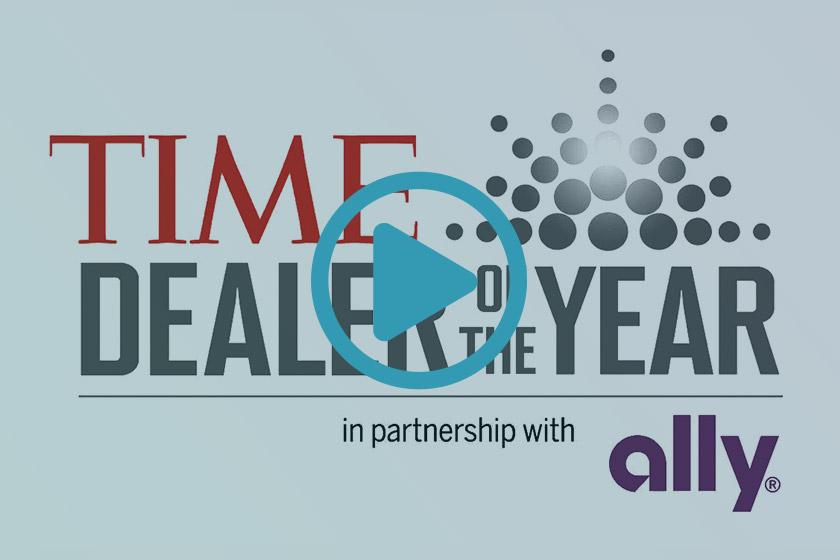In an era of information overload, consumers crave personalized experiences that make them feel seen, understood, and valued. This is where personalization in digital marketing comes in. When done right, personalized marketing can lead to higher engagement, increased loyalty, and ultimately, more sales. But how do you harness the power of personalization to create meaningful connections with your audience? Let’s dive into the strategies that will help you leverage personalization for greater impact.
Understanding Personalization: Why It Matters
Personalization in digital marketing is all about tailoring your content, messaging, and offers to individual customers based on their preferences, behaviors, and past interactions with your brand. By delivering relevant content at the right time, you can significantly enhance user experiences and increase the likelihood of conversion.
Consumers today expect personalized experiences. In fact, studies show that 80% of consumers are more likely to make a purchase when brands offer personalized experiences. Personalization goes beyond just addressing a customer by their name; it’s about understanding their unique needs and delivering the right message at the right moment.
Segment Your Audience
The first step in creating a personalized experience is to segment your audience. Not all customers are the same, so grouping them based on shared characteristics or behaviors is key. You can segment your audience by factors such as:
- Demographics: Age, gender, location, income, etc.
- Behavior: Past purchases, browsing habits, email interactions.
- Psychographics: Interests, values, lifestyle.
Once segmented, you can tailor your messaging to meet the specific needs and preferences of each group. For example, a customer who has previously bought a product might receive a follow-up email recommending complementary products, while a first-time visitor might get an introductory offer or a welcome message.
Use Data to Drive Personalization
Data is at the core of successful personalization strategies. By tracking customer interactions across various touchpoints—such as your website, social media, email campaigns, and even in-store experiences—you can gather valuable insights into their behavior.
Tools like Google Analytics, customer relationship management (CRM) software, and social media insights can provide the data you need to create highly targeted content. The more data you collect, the better you can understand your customers’ preferences and behaviors, allowing you to personalize your messaging accordingly.
Personalized Email Campaigns
Email marketing is one of the most effective channels for delivering personalized content. By segmenting your email list based on customer behavior and preferences, you can send tailored messages that resonate with recipients. A few strategies to personalize your email campaigns include:
- Dynamic Content: Customize content within an email based on the recipient’s behavior or preferences. For example, show different product recommendations or promotions based on what the customer has previously viewed or purchased.
- Personalized Subject Lines: Catch your reader’s attention by using their name or referring to a previous interaction in the subject line. For example, “Hi Sarah, Ready for Your Next Adventure? Check Out Our New Gear!”
- Triggered Emails: Set up automated email sequences based on specific customer actions, such as welcome emails, birthday discounts, cart abandonment reminders, or post-purchase follow-ups.
By delivering the right message at the right time, you can build a stronger relationship with your customers and increase the chances of conversion.
Leverage Social Media for Personalization
Social media platforms are rich with data, making them ideal for personalization. Use the insights from platforms like Facebook, Instagram, and Twitter to better understand your audience and create more tailored campaigns.
- Custom Audiences: Platforms like Facebook allow you to create custom audiences based on customer data, such as email lists, website visitors, or past interactions with your brand. These custom audiences can help you target highly specific groups with personalized ads or content.
- User-Generated Content (UGC): Encourage customers to share their experiences with your brand by posting on social media. By featuring UGC, you not only build trust but also create a sense of community, which can enhance personalization by making customers feel valued.
- Interactive Social Campaigns: Use polls, quizzes, and surveys to gather information about your followers and personalize your offers based on the results. This encourages engagement while helping you gain deeper insights into your audience’s preferences.
Measure and Optimize Your Efforts
Personalization isn’t a one-time effort—it’s an ongoing process. As you continue to engage with customers and collect more data, it’s important to analyze the effectiveness of your personalization strategies. Use A/B testing to compare different approaches and refine your tactics.
Track key metrics such as open rates, click-through rates, conversion rates, and customer retention to gauge how well your personalized marketing is performing. Based on these insights, make adjustments to continuously improve your campaigns and provide even more relevant experiences to your customers.
In a world where consumers are inundated with generic content, personalized marketing offers a refreshing way to cut through the noise and stand out. Questions? We’d love to chat with you any time. Reach out to enCOMPASS today.
SHARE THIS ARTICLE:



